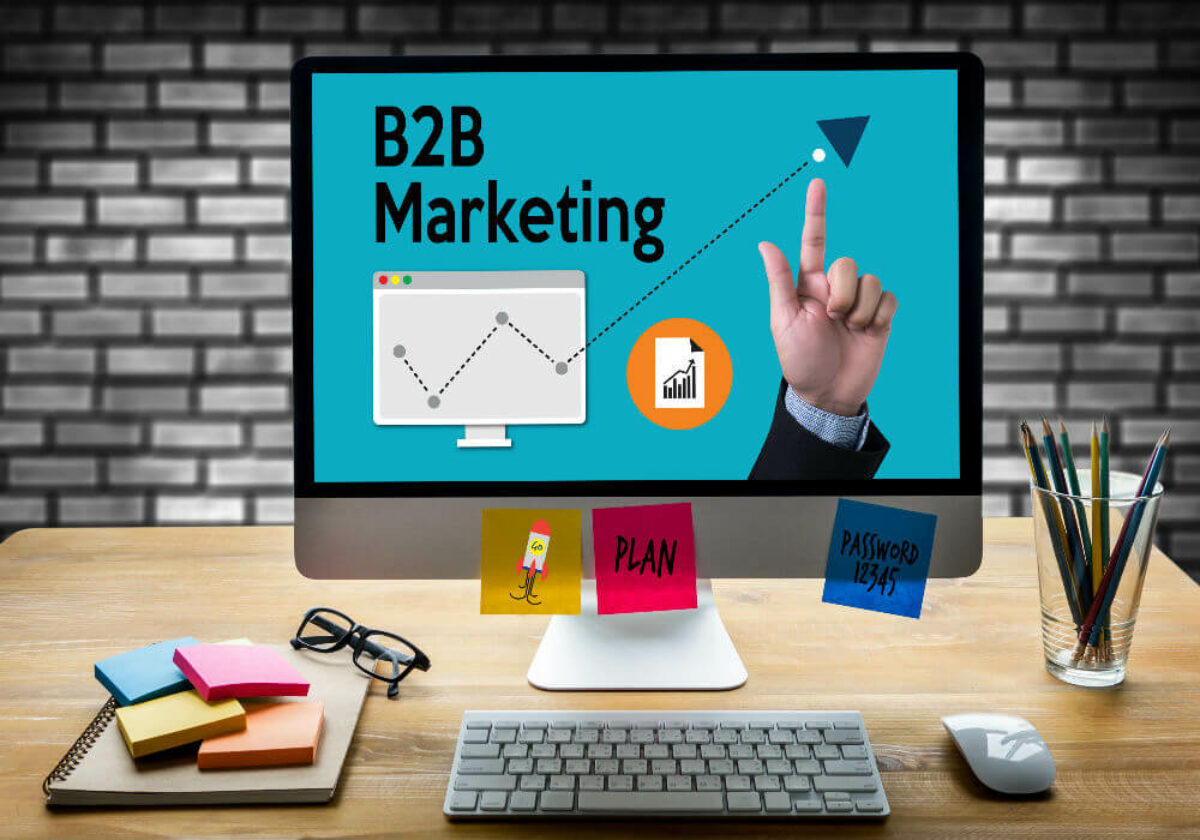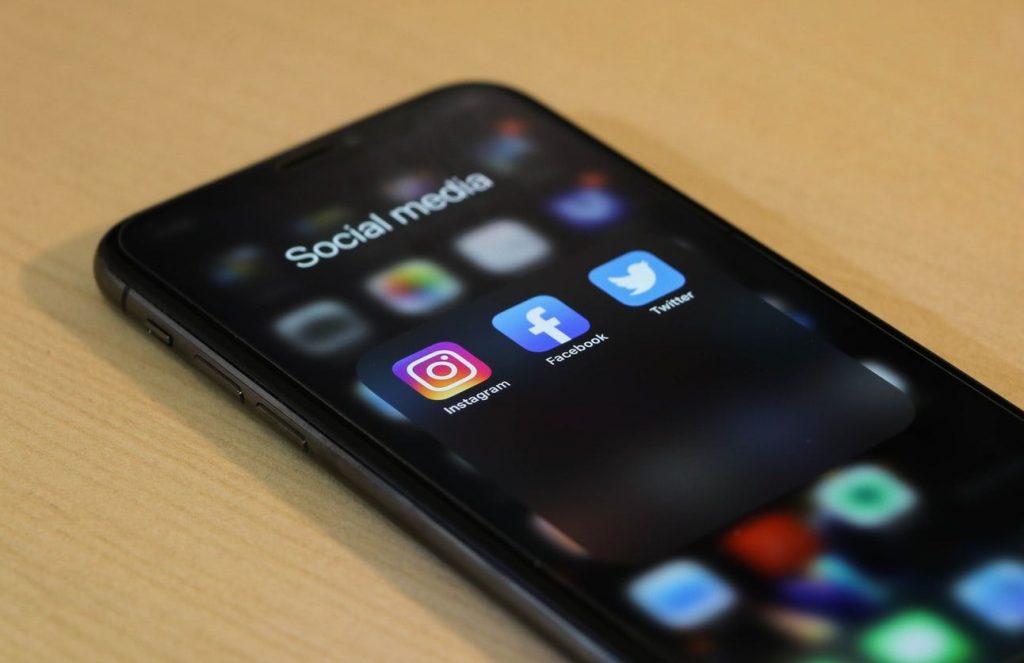
There’s no denying the fact that B2B marketing has evolved significantly in the last decade, and buyers are anticipating improved user experience in the digital marketing arena. Businesses now understand that new B2B consumers take their time weighing options through internet searches before deciding on purchases. More decision-makers are entering the marketing funnel, and their need fulfillment centers on personalized marketing.
Today, companies have to keep abreast of trends energizing the broader business ecosystem to target B2B buyers successfully. It is crucial for companies to be aware of marketing trends, how these trends evolved, and how changes are likely to impact the survival of the business.
The worldwide digital ad-spend is expected to reach 54 percent by the year 2024. Inbound marketing is carving out an equally sizeable share of the business pie. In such a scenario, are you doing enough to embrace business success in the coming years?
International SEO experts at Miromind trace the evolution of B2B marketing and flesh out the storylines that are likely to dominate the digital marketing space in the not too distant future.
Table of Contents
Probing the evolutionary past of B2B marketing to understand trends defining the future
If you research the growth trajectory of the most successful businesses on the planet, you won’t be surprised that they held an ear to the ground and had an eye on the future. These companies paid particular attention to the trends likely to impact B2B marketing. Companies got a better perspective on what they’re doing, where they need to go, and how they’re going to get there.
Here are six significant trends most likely to rule the digital marketing arena in the years to come:
-
Insightful content dominates marketing campaigns targeting specific consumers

img source: unsplash.com
Ever since marketers woke up to the importance of lead generation (you can check out cience.com), content marketing has occupied pole position. The content was the vehicle carrying the biggest marketing spiels in history. Even today, 91 percent of B2B businesses rely on content to fuel their most prominent campaigns. So, what’s new on the horizon?
The content format has changed from written to audio-visual content. More than 70 percent of B2B buyers spend considerable time watching videos on their way through the marketing funnel. Companies are responding by placing their content on YouTube, Facebook, Twitter, and Instagram.
From dreary to insightful, the content has adapted amazingly to changing consumer preferences. Shorter formats have yielded place to lengthy articles (1000 words and more) packed with facts and figures, and informative, insightful, and intent-fulfilling content.
Audio-visual content (video, live streaming, and webinars) has grown exponentially at the expense of print media (magazines, books, and brochures). Images have grown significantly at the expense of podcasts and audio feeds. Infographics, charts, GIFs, and pictures are strengthening written content in blogs.
-
Consumers have shifted allegiance from generic content to personalized content

img source: unsplash.com
In a bygone era, marketers swore by the tried and tested “Spray and pray” philosophy. You hired professionals to conceptualize the campaign, placed great emphasis on brand promotion, threw in impactful messages, and hoped that your campaign would create ripples among the audience, and ring the cash counters.
Today’s audience is put off by content that is generic or marketing overly promotional messages. Messages that reek of brand consciousness, and which ignore audience concerns, are anathema.
The bulk of B2B buyers now expect and demand more personalization in messaging with a clear focus on customer needs. If the buyer sees no personal benefit or value addition, the campaign falters.
The modern marketer comes prepared with artificial intelligence (AI)-powered analytical tools that aggregate consumer data and create unique customer profiles. These individual profiles, sifting through the consumer’s browsing habits, offer insights for personalized marketing initiatives.
-
Automation has dramatically improved the efficiency and targeting capability of marketing campaigns

img source: unsplash.com
In traditional media marketing campaigns, you have to negotiate ad space on a case to case basis. The process is inefficient, time-consuming, and capital-intensive.
Even if you coordinated a credible advertising campaign, you had no way of ensuring that you’re targeting the right message at the correct audience, and you’re catching the audience when it’s most receptive to your message.
In the modern advertising arena, very few ads are in the purview of agencies; the bulk of advertising goes through the automation route through what is known as programmatic advertising.
In the programmatic advertising mode, AI-powered algorithms harvest big data, gaining significant insights regarding consumer behavior. Audience information helps decide ad buying and place intent-fulfilling consumer-oriented ads at the right place, at the right time, in a cost-effective manner.
Having done away with the guesswork in marketing methods, companies are skillfully restructuring their advertising models. There’s better control over ad expenses. Welcome to the era of the data-driven advertising campaign!
-
Knowing the audience is the key; targeting their preferences is the goal

Img source: cleverreach.com
We’ve already discussed the scenario where marketers are moving away from campaigns that spray messages to a diffuse public to campaigns that target specific users. Advanced data analytics tools are giving companies much information regarding potential targets.
The modern era is seeing a paradigm shift towards Account-based Marketing or ABM that targets high-value customers, affluent groupings, or influencer audiences, with content that fulfills specific user needs.
ABM campaigns are paving the way for brand consolidation in competitive markets. Customer relationships are improving across the board. The personalized messaging resonates with an audience that is sure to respond positively. The AI-empowered marketer is engineering a much better customer experience, riding the new wave of personalized content marketing.
The traditional marketing model was more intent on attracting the buyer with neatly packaged offers in the hope that the message would find resonance, and the company could close a deal.
In the ABM approach, the customer faces multiple options that specifically address pain points. The visitor engages with the company in the hope that the product or service adds value and resolves needs. If successful, the customer carries away a good impression and identifies more closely with the brand.
-
More than social media, email remains the most acceptable and widely used B2B communication tool

img source: unsplash.com
A decade back, all you had to do was to cobble up a list of potential customers (the bigger, the better), and then sit back as your marketing team carpet-bombed consumers with your marketing pitch.
The scenario changed with the identification and isolation of spam by service providers and the firewalling of email accounts using powerful spam filters. If you’re careless and insist on using bulk mailing tactics, you could lose your reputation, and your brand could lose its credibility.
The email, far from being nipped in the bud, made a massive comeback with AI-powered solutions reshaping email marketing. The automated solutions sanitize your mailing lists to improve your chances of connecting with genuine customers. More importantly, the bounce rate of your emails comes down, your messages become visible, and your reputation remains rock steady.
The new generation email service provider improves your functionality through timely scheduling of emails, better personalization templates for messages, and setting up of “triggers” to despatch emails based on actions initiated by the consumer.
These are five significant email marketing initiatives that are trending today:
- There’s more dynamic content in email personalization; more GIFs, CSS animation, and images.
- Emails are designed to be more engaging and interactive with real-time data and live countdown tickers.
- AI and machine learning algorithms are having a more significant say in designing email content.
- Marketers are making better use of Accelerated Mobile Pages (AMP) in emails to create a better user experience.
- Email campaign designs are being coordinated carefully with social media outreach.
Your B2B SEO strategy needs to focus on the visitor to improve search engine page rankings

img source: unsplash.com
By all means, shore up your B2B SEO strategy and tweak your website to perfection, making it friendlier for Google bots to crawl and index, but don’t leave it there. Staying on the right side of Google algorithms (a goal that inspired decades of marketing efforts) is next to impossible, and that needn’t be your goal.
You may be neglecting more critical issues. How consumer-friendly is your content? Is the visitor coming away with a good impression, and is your page generating good user feedback? Google is continually assessing you on these parameters before deciding your ranking.
Your efforts should ensure a better user experience for the visitor rather than to chip away at Google rankings. With the increased use of smartphones, there’s a corresponding rise in voice searches.
The shift to voice search implies the usage of an altogether different set of keywords and phrases. Adapt your SEO and keyword strategy to the subtle nuances of the voice search, and you’ve gained a foothold in a broader market.
Conclusion
It’s a brave new world where companies are fighting to survive disruption, and a lot depends on how B2B marketing rises to the occasion by adapting to changing needs of consumers and cutting edge technology.
A wave of consumerism is inciting B2B buyers to demand a higher degree of personalization in services akin to the B2C experience.
Keeping an eye on the future, ponder the points we highlight, and assess the extent to which your marketing strategies need to change. Ask yourself, are you making the best use of the B2B marketing evolution by personalizing the consumer’s interaction with you and engagement with your product?







